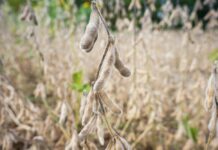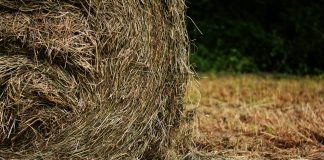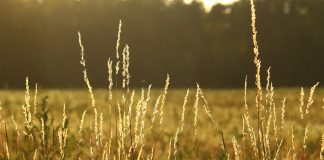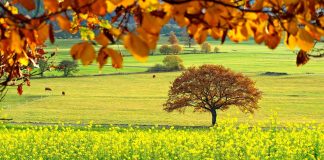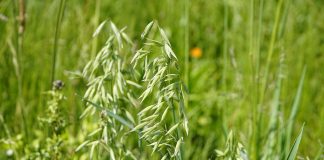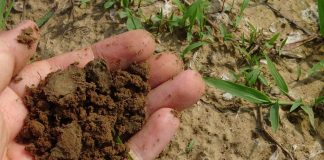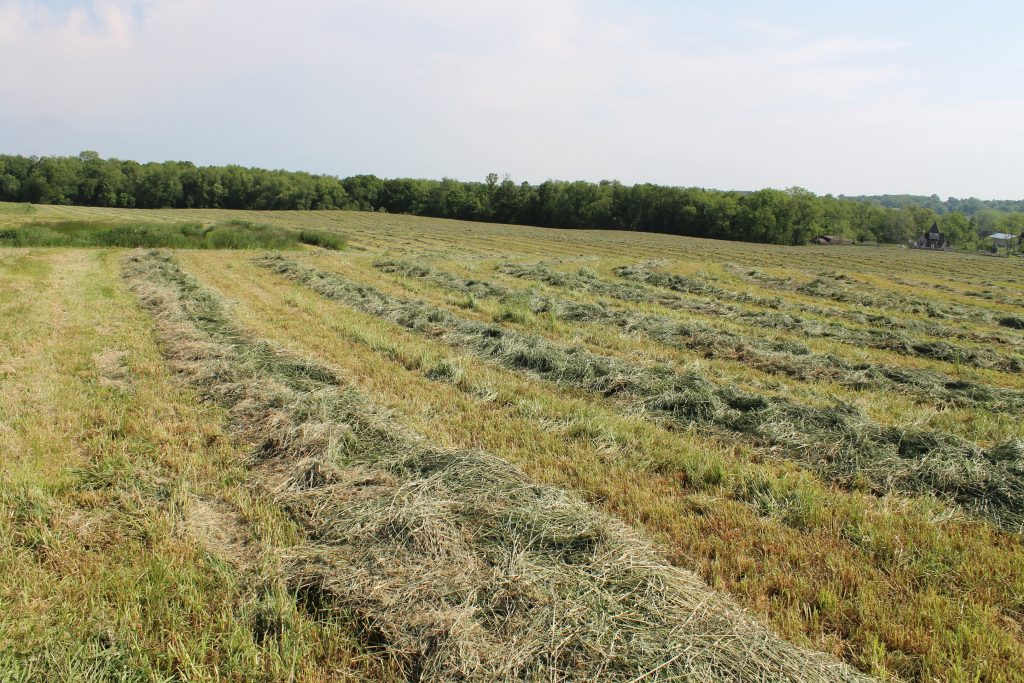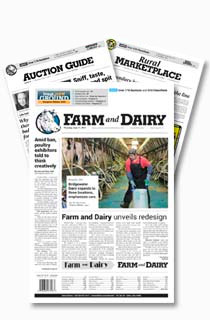Tag: forages
Time to measure and manage winter forages before it is too...
It's time to take inventory of remaining hay supplies to make sure there is enough until pastures green up regardless of what weather conditions occur.
Ensure healthy and productive forage crops in 2022
Now is a good time to consider management strategies for the remainder of the year that will ensure healthy and productive forage crops in 2022.
Managing forage stands damaged by fall armyworm
A severe fall armyworm outbreak developed across Ohio and neighboring states. FInd out what to do if your hayfields have been affected.
Prepare forages, pastures for the fall harvest
The fall rest period is important for pastures and forage fields, giving plants time to store enough energy for winter survival and stand longevity.
Bale grazing can increase nutrients in soil
Although bale grazing on pasture can lead to some wasted feed, it has a great potential to improve the forage production in the area it's implemented.
Oats can be a good alternative forage
Oats are a good crop to consider as an alternative forage because of its flexibility as a feed, yield potential and low-cost establishment.
Boost forage quality while sun shines
The goal is to harvest at the boot stage for grasses and late bud or early bloom for legumes. Ted Wiseman explains in this week's All About Grazing column.
Test soil for better forage production
Soil testing provides more information to farmers so they can ensure their fields are healthy, productive and can support the land usage.
Selecting forages for new spring seeding
Choosing a forage that is adapted to the conditions of your pasture may be more effective than adapting your pasture to fit an appealing forage.
Think ahead to spring forage seedings
One thing we can do on these cold and snowy winter days is think of warmer temperatures and plan for new forage seedings.




